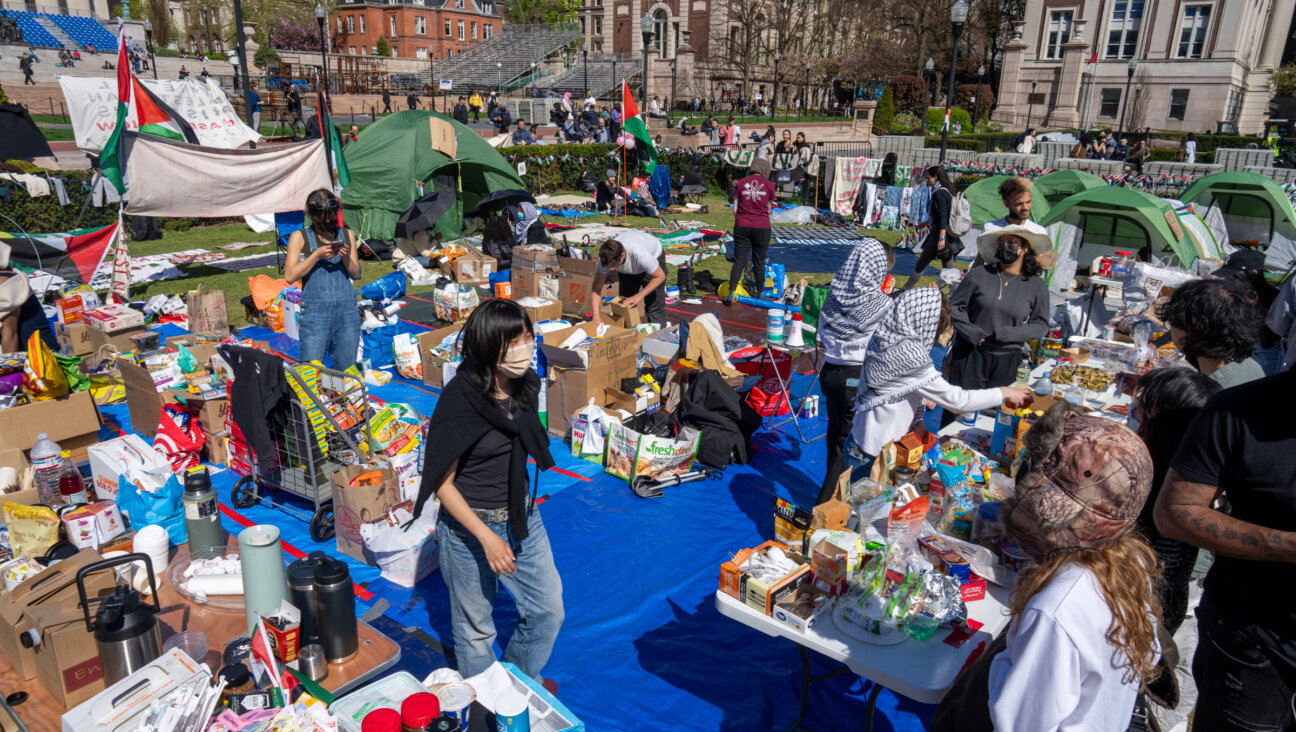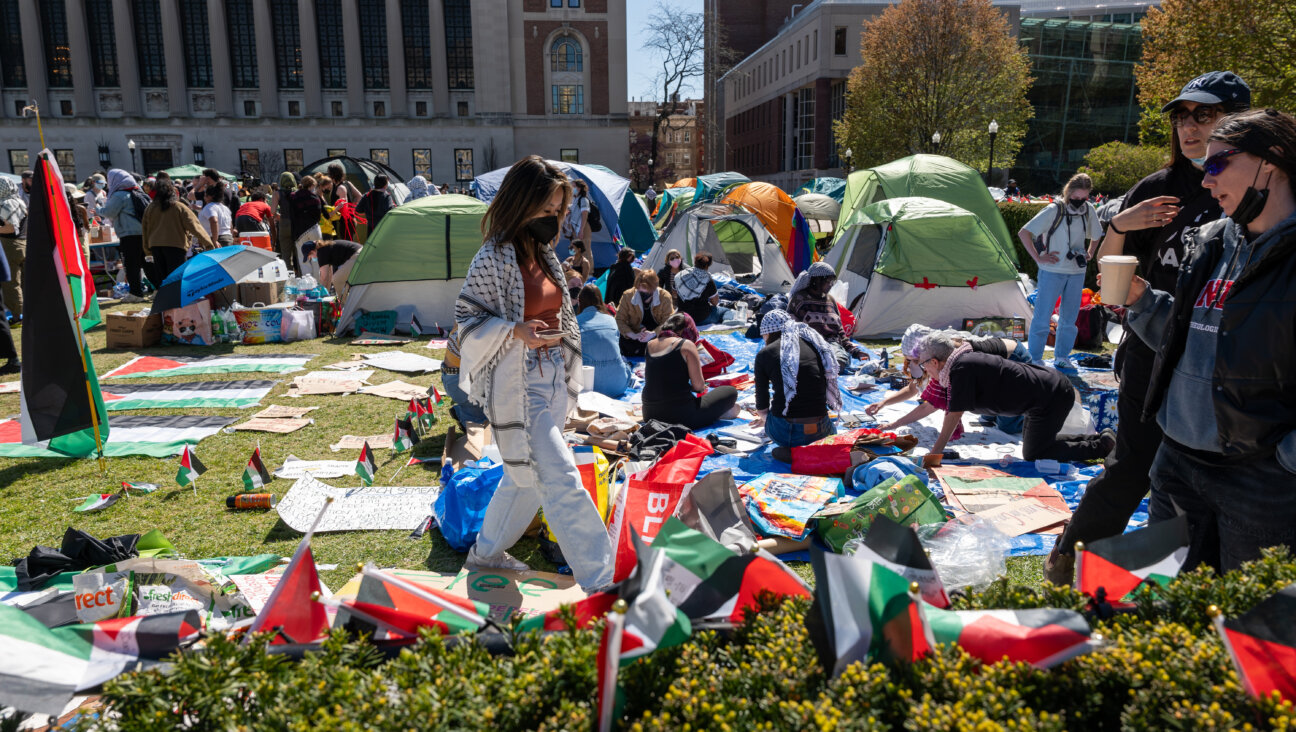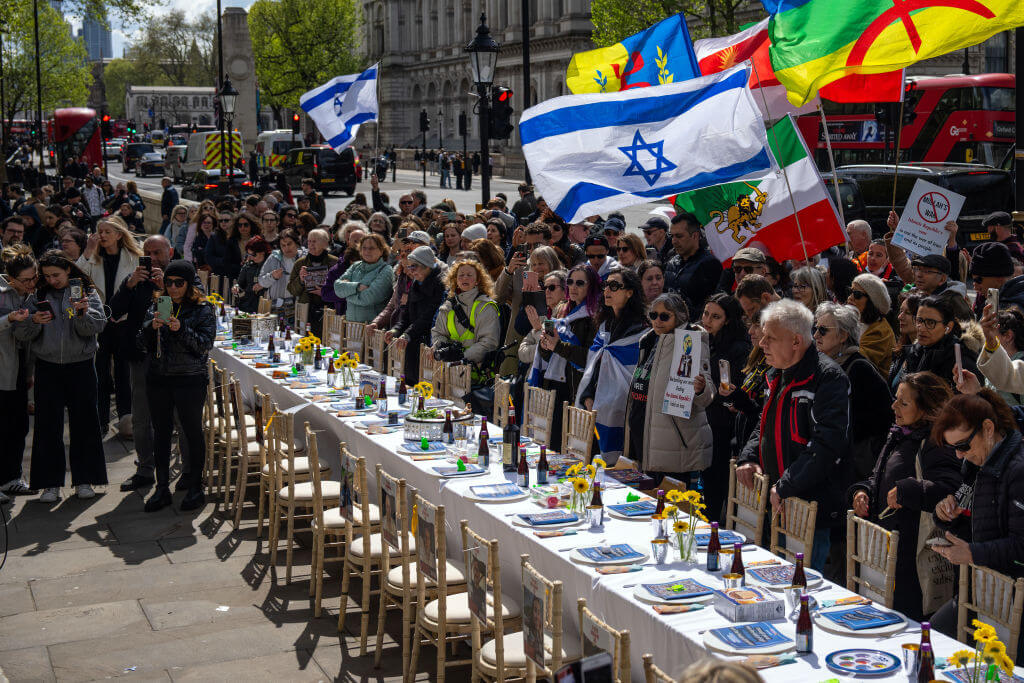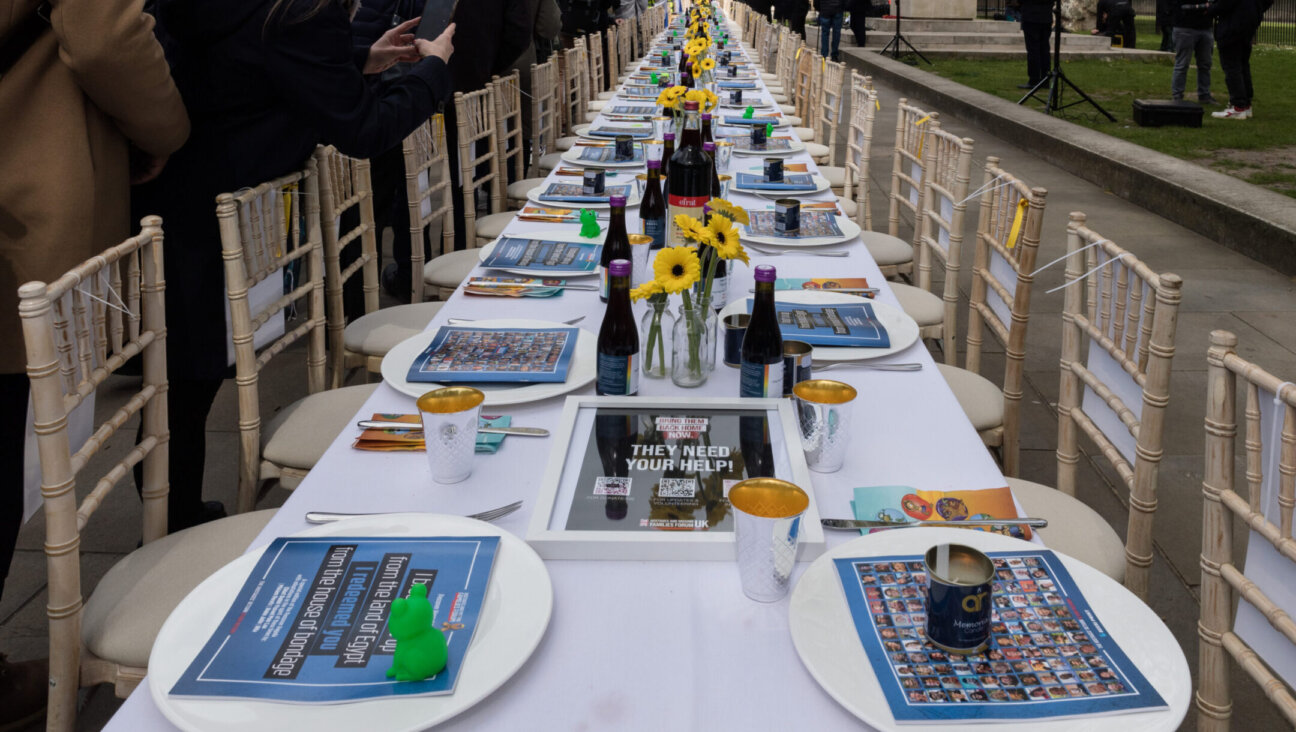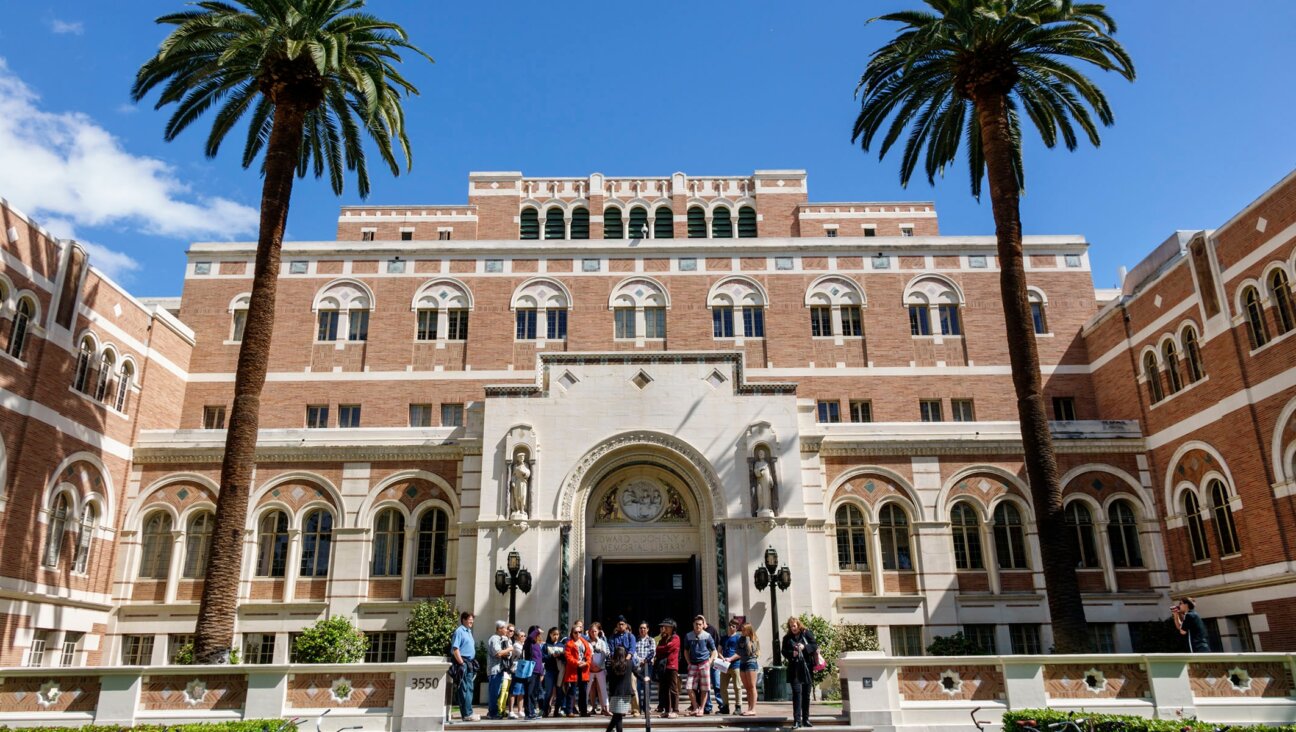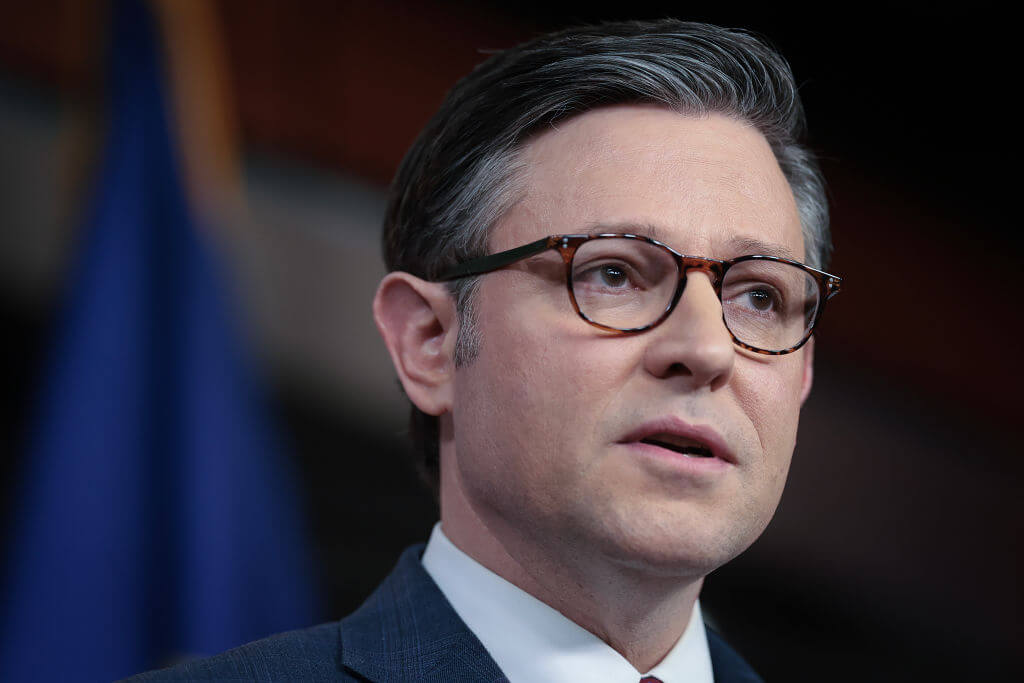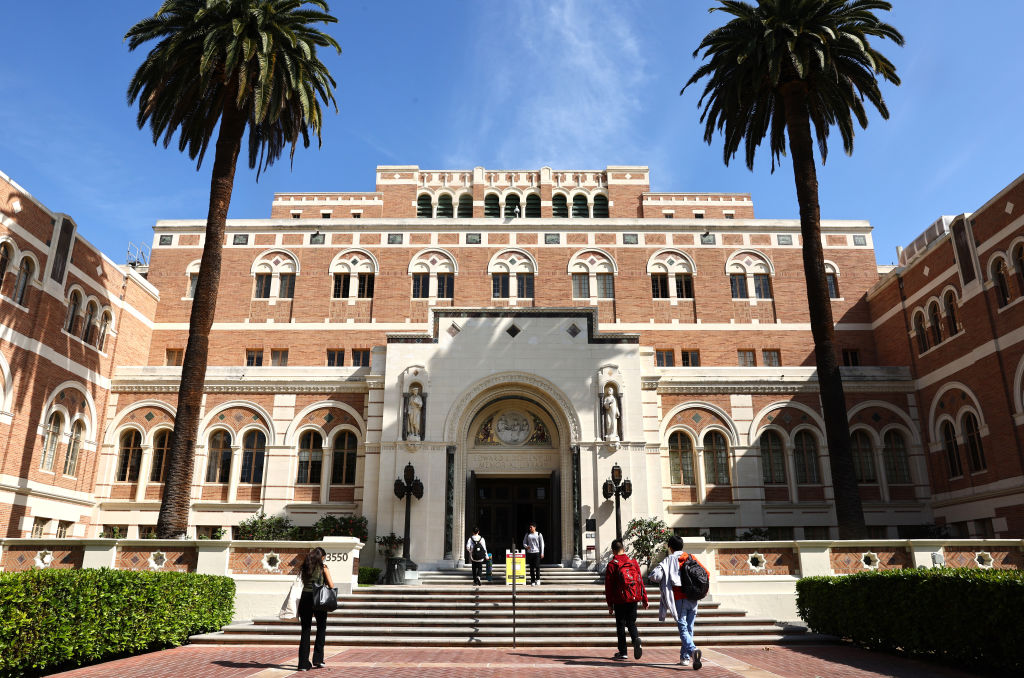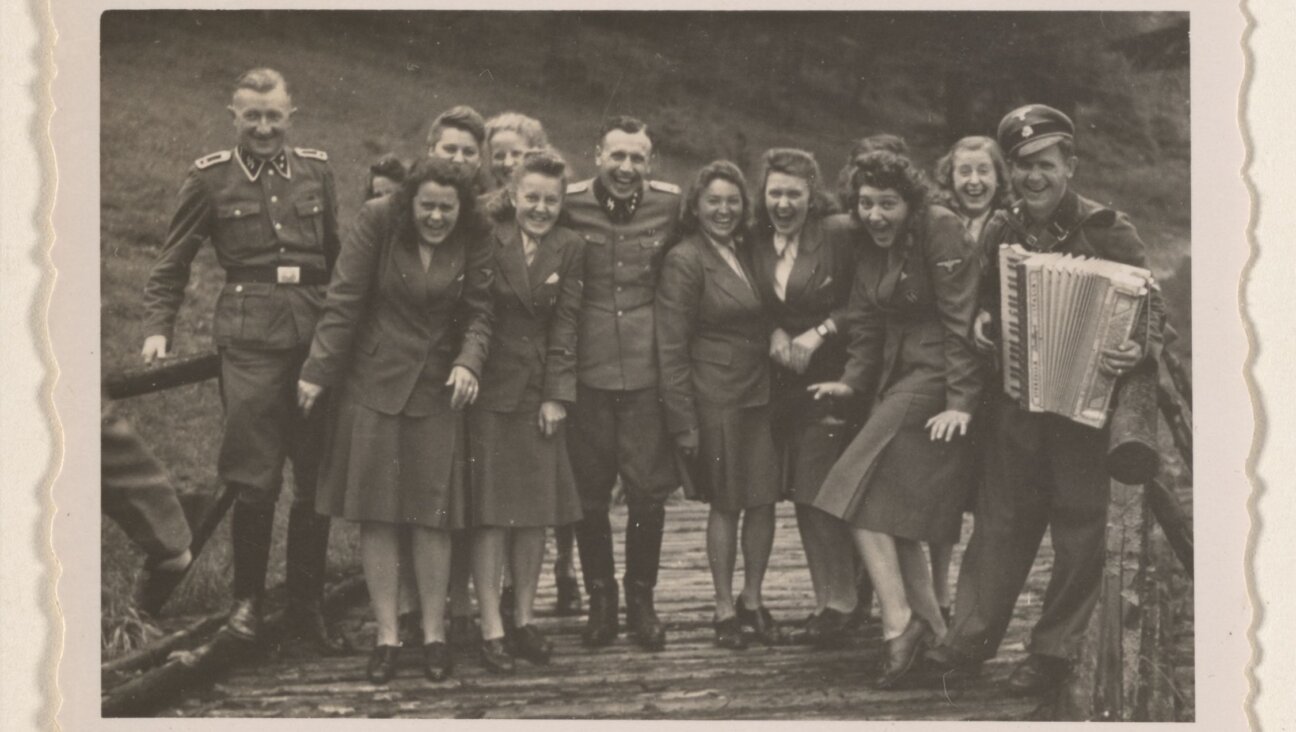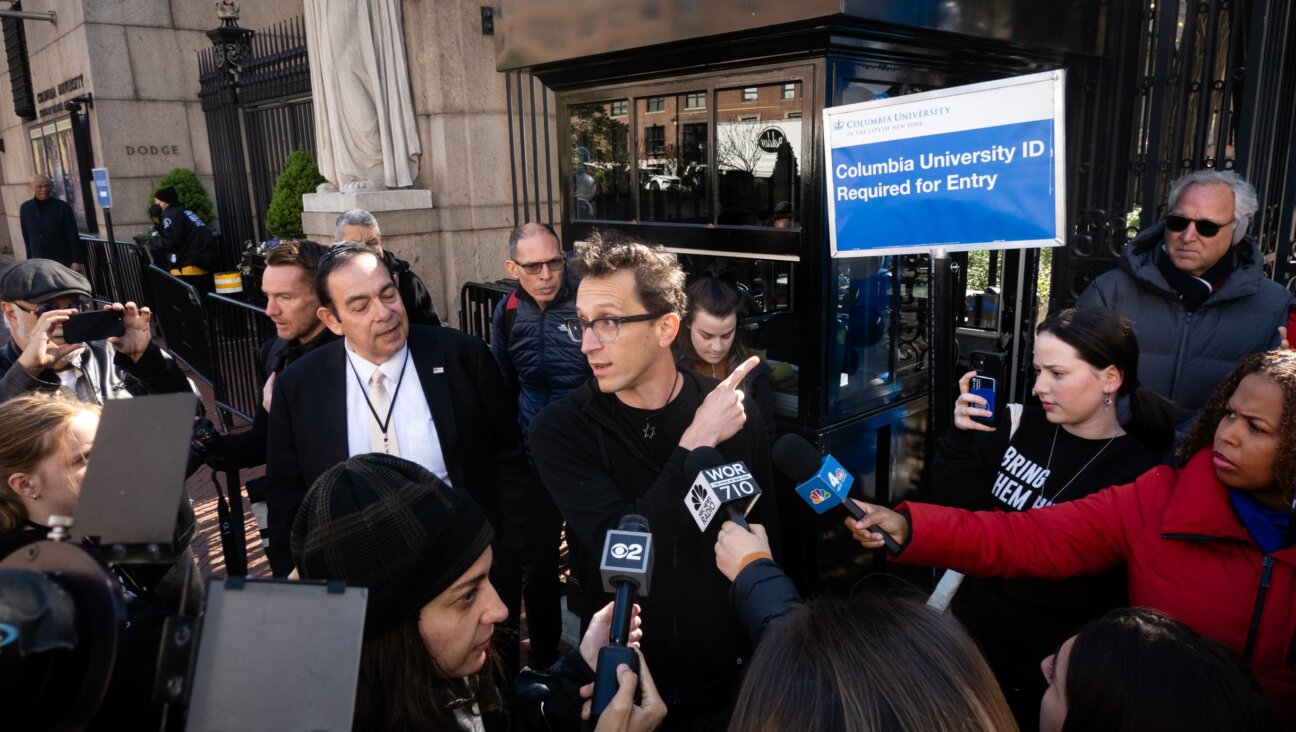As Tourists Buy Holiday Homes, Jerusalemites Gripe of Empty Streets
Just after dusk on a recent evening, days before Rosh Hashanah, the David’s Village residential enclave in Jerusalem showed few signs of life. The spotless pedestrian passageways of the well-guarded complex, just outside the walls of the Old City, were empty of people. Inside most of the 120 or so terraced apartments — primarily owned by wealthy, Orthodox American Jews — the lights were out, curtains were pulled over windows and shutters were down.
But in just a week, this exclusive area will turn from a ghost town into a bustling neighborhood. Most of the apartment owners, who tend to come to Israel only for major holidays or for summer vacations, will arrive just after Yom Kippur to prepare for Sukkot, according to the residents’ friends and associates and to David’s Village supervisors.
Coming in the aftermath of the second intifada and amid a general slump in the Israeli real estate market, foreign investment in luxury apartments in Jerusalem’s most affluent neighborhoods has been hailed in many quarters as a booming business. But in recent months, these investments — driven by a show of solidarity with Israel, a relative drop in Israeli-Palestinian violence and increased wealth — have triggered fierce discontent among some local residents and officials who are upset that so many buildings and streets are partly empty for much of the year. The result, residents say, has been an increase in crime, a loss of potential income for neighborhood businesses, and lower registration at schools and at kindergartens, as well as a disruption of the fabric of the affected communities.
Furthermore, the higher demand for luxury flats in those neighborhoods has pushed up prices to a level that even middle- or upper-class Israelis — seen as key to Jerusalem’s economic development — can’t afford, exacerbating their continuous exodus from Jerusalem.
“This problem has become more acute recently,” conceded Ezri Levi, CEO of the Jerusalem Development Authority. The JDA is a joint government and municipal organization working to advance Jerusalem’s economy. “A city needs people who are active in it, who buy in stores and sit in restaurants and drink in the culture. Especially a city like Jerusalem, where the non-Haredi, non-Arab core could use strengthening.”
Wealthy Jews from abroad — especially from America, but also from such countries as France, Britain and Canada — make up about 90% of Jerusalem luxury apartment buyers, real estate agents say. Some high-profile buyers, according to agents, include cosmetics billionaire Ronald Lauder and legendary investor Michael Steinhardt. But most are simply Orthodox and Zionist, and are seeking closer ties with Israel and Jerusalem.
“It’s a foothold in every sense of the word for the family,” said Werner Loval, owner of the Anglo-Saxon Real Estate Network’s Jerusalem franchise. “They buy an apartment, which they use during the holidays. Then their children come to study in a university, and they use it. Then the parents or grandparents come to retire here, and they use it.”
(Several buyers were contacted for this story, but all declined to be interviewed.)
The most attractive neighborhoods for buyers include Talbiyeh, Rehavia, the German Colony and Yemin Moshe. “This is the most beautiful part of the city, and it’s being emptied out of residents,” said Avner Haramati, an organizational psychologist who has spearheaded an awareness campaign in the past half-year. Those areas — where English is heard commonly on the street — are considered the heart of Jerusalem, offering well-known national and cultural institutions and serving as home to a mix of intellectuals, artists, professors and government officials.
To meet the demand set by wealthy Diaspora Jews, hundreds of new luxury apartments are in the process of being built. Jerusalem of Gold, one of the biggest projects, is still more than two years away from completion. It already has sold 36% of its 280 housing units, said marketing and sales manager Benny Davidov. David’s Village itself is adding at least another 50 apartments, according to property manager Michael Zwebner.
And the price of these properties has skyrocketed. In the past four years, the average prices in Jerusalem’s most desired neighborhoods have doubled, now ranging between $550 and $1,100 per square foot, said Chava Teperberg, owner of the high-end-home selling Jerusalem real estate agency Teperberg Realty. Those prices are still about one-tenth the price of those in Manhattan’s most expensive areas, she added.
Teperberg is one of the few real estate agents publicly acknowledging the problem of empty apartments.
“Many of my clients also want the neighborhoods to be lively rather than ghost towns,” she said. “But they’re also the ones who contribute to those neighborhoods emptying out.”
While Jerusalem has been the main location of luxury apartment purchases, Herzliya, Tel Aviv and Ra’anana also have been popular. Indeed, the investments of nonresidents in Israeli real estate — mostly residential — has risen six-fold since 2002 to $1.2 billion last year, according to Israel’s central bank.
In response to the rising property prices, contractors are building only luxury apartments in the heart of Jerusalem.
The result is that the city, struggling to revive its economy, is gradually losing part of its younger population. Last year, 16,200 people left Jerusalem — half of them between the ages of 20 and 34 — substantially more than the 10,400 who moved into the city, according to data collected by the not-for-profit Jerusalem Institute for Israel Studies. The departure was primarily triggered by the high cost of housing, as the data showed.
The empty apartments are also responsible for an increase in crime, according to activists and residents. Bag snatchings and car vandalism have grown more frequent on some streets that have become partially empty, said Amnon Ramon, a Rehavia resident who is a community volunteer on security issues. One resident of the German Colony, a single mother of two teenage girls who declined to be identified for fear that her apartment would be broken into, said she lived in a building in which her unit was the only one occupied out of three.
“It’s worrying that even if I scream all night, no one will hear me because I hardly have any neighbors,” she said.
Residents say that the neighborhood’s sense of community is also being hurt. “If we want to mobilize community support for a rally, petition or raising money for a community affair, it’s only us, because these people are absent,” said Elan Ezrachi, executive director of the Masa program for young Diaspora Jews. Ezrachi is an active resident of the Rehavia neighborhood.
Some say that the phenomenon is being exaggerated. Loval, of the Anglo-Saxon agency, cites as an example the high-rise Wolfson Towers, one of Jerusalem’s first luxury-apartment complexes built in the 1970s and ’80s and sold primarily to Americans. “People said the same thing about Americans buying in and the towers remaining empty,” he said. “The occupancy rate during the year is now at least 75%.”
Zwebner, manager of David’s Village, insists that the complex is no longer the ghost town it used to be. “A good 30% is occupied all year round,” he said, adding there are anywhere from 20 to 25 children there throughout the year.
Such arguments have done little to allay the concerns of activists, municipal officials and urban developers who are looking for solutions. One proposal is for imposing an extra property tax on nonresidents.
Ezrachi made a suggestion that calls for creating a comprehensive database of the names of apartment buyers from abroad in order to contact and involve them in community affairs. Shlomo Hasson, a professor at Hebrew University and the founder of the new Jerusalem development organization Futura Institute, is proposing a plan to give entrepreneurs incentives to build affordable apartments for Israelis, including variances to allow them to build taller buildings on the condition that the extra space be reserved for Israeli families at lower prices.
Yair Biton, chairman of the Jerusalem Association of Contractors and Builders, said that it’s not realistic to ask developers to build affordable housing in Jerusalem’s most expensive neighborhoods, partly because hardly any properties are available there. “As a rule, one must remember that this is a free market, and like in any field, the issue here is supply and demand,” Biton said in an e-mail to the Forward. However, he also said that the organization supports plans to build affordable housing in other areas of the city.
According to the JDA’s Levi, politics may hinder the adoption of any solution.
“It would be difficult politically to implement any of these solutions,” he said. “The municipality is still not aware of the extent of this problem. When we know more about it, maybe then the municipality will realize the problem exists.”
Nevertheless, the activists are pressing on with their campaign, and they say they want to get buyers involved.
“It’s a very dangerous social process for the city,” said Shaike El-Ami, executive director of the Ginot Ha’ir Community Council, which serves the neighborhoods where many of the tourist apartments are located. “But I want to open a dialogue between the locals and the potential buyers. It’s very important to turn them into partners.”

I hope you appreciated this article. Before you go, I’d like to ask you to please support the Forward’s award-winning journalism this Passover.
In this age of misinformation, our work is needed like never before. We report on the news that matters most to American Jews, driven by truth, not ideology.
At a time when newsrooms are closing or cutting back, the Forward has removed its paywall. That means for the first time in our 126-year history, Forward journalism is free to everyone, everywhere. With an ongoing war, rising antisemitism, and a flood of disinformation that may affect the upcoming election, we believe that free and open access to Jewish journalism is imperative.
Readers like you make it all possible. Right now, we’re in the middle of our Passover Pledge Drive and we still need 300 people to step up and make a gift to sustain our trustworthy, independent journalism.
Make a gift of any size and become a Forward member today. You’ll support our mission to tell the American Jewish story fully and fairly.
— Rachel Fishman Feddersen, Publisher and CEO
Join our mission to tell the Jewish story fully and fairly.
Only 300 more gifts needed by April 30







